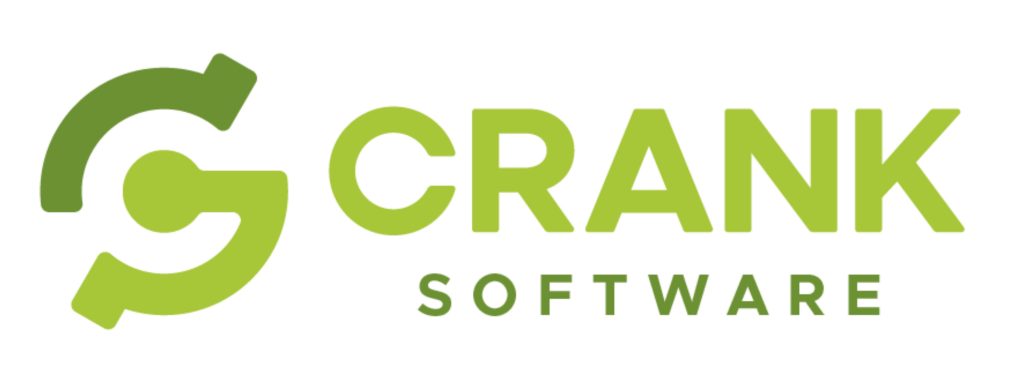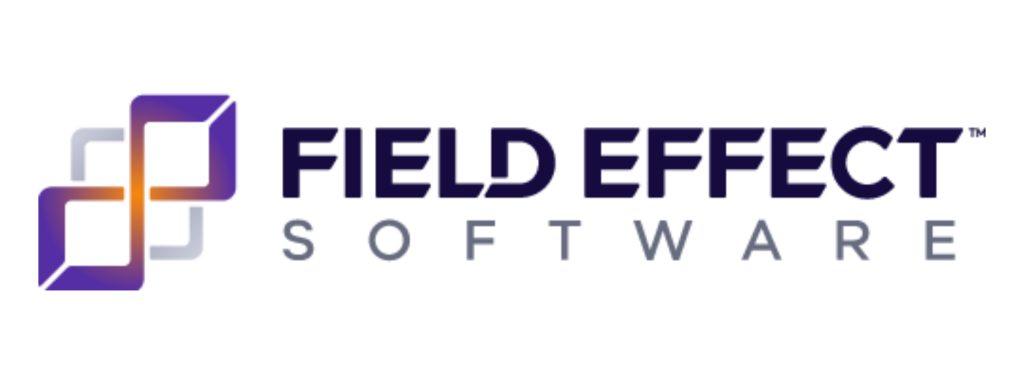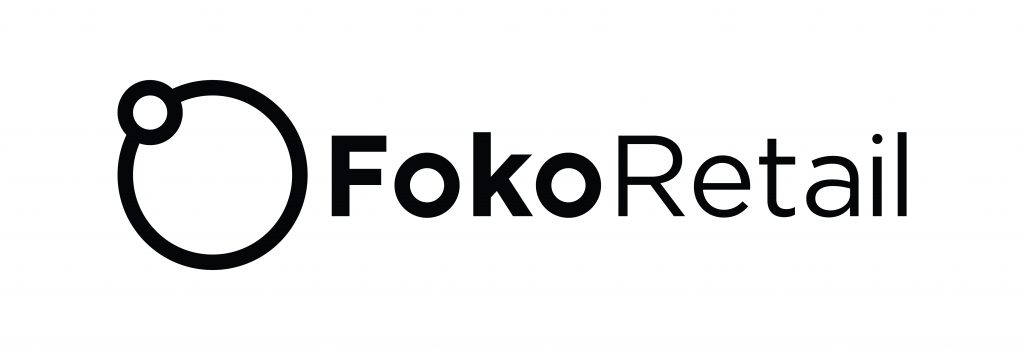6 minutes | 1,241 words
If you’re an early stage startup, you may be thinking that you’re ready to tackle PR and get your startup known to the world, get more customers, get the attention of investors, or even attract top talent. But you also may be thinking that the next logical step is to hire a PR agency to tackle what seems like a daunting task for a small startup with a low return if you were to attempt in-house.
But in fact, PR is a pretty inexpensive technique with high ROI, and it is possible to get news coverage based on your own PR efforts for the lowest time and dollars spent. So, we’re here to debunk the perception of startups thinking that they need to hire a PR agency to get the media’s attention.
We’ve got the inside scoop from leading experts in our ‘Ask Me Anything’ session with various startups from the IO Venture Path with insight, tips, and a proven system for generating PR: Invest Ottawa’s PR Advisor, Rachel Collier and Betakit’s Editor-in-Chief, Douglas Soltys. From how to approach media firms to pitch stories and knowing the right time for PR outreach for your company to what journalists really want to cover, we have you covered with the top tips from industry experts in the field. So let’s go!
Know your goals and objectives
It’s never too early to start preparing, but it can be too early to pursue PR. Knowing when to reach out to journalists and the angle to take is key when implementing PR at the early stages of your startup. What is your goal of getting the attention of the media? Do you want to get in front of customers? Do you want the eyes of investors? Are you seeking credibility?
Knowing your goal and working backwards from it can set you up for PR success. A common question for early startups is whether you should start PR efforts before product market fit is found?
If credibility is the goal of your PR efforts, then angling your pitch with a compelling story around your mission and vision and what your company wants to achieve or problems it intends to solve makes perfect sense. Or, if you’re trying to drum up excitement about your startup’s culture to attract talent, then PR may be an effective use of your time. But if you’re using PR to gain more sales and users, but your product or app does not work, then it can be dangerous to focus on PR. And especially for SaaS-based companies, utilizing PR before product market fit can be detrimental.
A PR strategy means:
- Identifying your goals and what you’re trying to achieve
- Determining your objectives
- Knowing your target audience to understand who would respond best to your information
- Developing your messaging
- Leveraging your assets, opportunities and publications that can help gain you coverage
Go for low hanging fruit and ladder up
PR doesn’t mean only considering the big outlets like The Globe and Mail, Bloomberg Business or The Wall Street Journal to get your company and story out there to the world. In fact, there are several trade publications and smaller publications to consider outreach. Whether you’re looking to obtain early users or achieve credibility by a specific audience, trade publications are a great way to reach particular audiences due to the targeted nature of these types of publications. These publications can focus on a specific industry and audience than mainstream outlets and are a trusted source of information.
Also, consider smaller media outlets for your PR efforts. They’re hungry for content, and by creating press releases and hitting smaller outlets that have written previous publications similar to your product or service, then you very well may find identical messaging to that of your press release within these outlets.
What are your next steps?
- Brainstorm a juicy angle that would get coverage
- Research and gather a list of publications and journalists who cover topics related to your product, service or niche
- Run a campaign and pitch to your targeted contacts
As you can see, you don’t need to hire a PR agency or have a large budget to achieve PR success. A larger agency may not necessarily have the relationships or outlets you are trying to reach. By doing your due diligence and research, you can achieve a high ROI for your PR work in-house for a fraction of the cost of hiring an agency.
Develop your source of truth documents
The saying “luck is what happens when preparation meets opportunity” could never be more true in the world of PR. Part of successful media coverage and PR is having all your ducks in a row, so when the opportunity to land that media interview and coverage does arise, then you’re well equipped to deliver.
What does this mean for your startup?
Having a compilation of announcements and milestones hosted on your website and social media channels and an up-to-date website with your story and staff reflected on your site are all valuable source of truth documents. Together, they lay the foundation of establishing credibility so when the day finally arrives where a journalist is interested in knowing more about your startup, you’re prepared.
Think about it—a journalist’s role is to report accurately and correctly, so when you pitch your story, you should have noted all your beats and accomplishments as it’s harder to correct the record after the fact. Generating assets such as announcements on your website and social media channels are low-lift practices that prepare you to land coverage and get you into the habit of considering and sharing newsworthy and credible content.
So, with this in mind, it’s great when you can articulate your vision, but focusing on what you have accomplished as your source of truth documentation even more so than where you are headed as a company is something to consider; It’s a journalist’s preference to tell a story when a startup is grounded in its achievements and has demonstrated traction than to report on your startup’s plans that have not yet been rooted.
It’s a marathon, not a sprint
PR is about awareness, and sometimes it isn’t easy to gauge if your story is being seen. However, there are a few indicators of success after your story has been published (whether in a media outlet or on your owned channels):
- Did you see an increase in sales?
- Did you get investors reaching out to you?
- Did you get positive feedback?
Also, consider measuring your PR efforts against other marketing efforts in terms of numbers. For example, most publications have a media kit with their circulation size. Compared to earned media, ads are less valuable due to earned media being seen as more credible. That being said, you can compare how much coverage your earned publication received versus the cost of paid advertising to the same circulation size.
It’s important to manage your expectations around the ROI of your PR. Media coverage is not a conversion activity but rather a part of a holistic support story helping you get on the radar of investors, users, and future talent as a form of validation.
Discover how Invest Ottawa’s Venture Path is helping Ottawa tech entrepreneurs shorten the growth path, leveraging insight, experience, and expertise of business leaders who have successfully launched and grown world-class tech enterprises.















 Transforming our data-driven world takes talent, and MindBridge is where it’s happening. This is where you’ll take artificial intelligence to enable and inspire humans to do more and be better. Our people, our customers, and our investors agree: No one else is accomplishing what we’re doing with data-driven AI right now.
Transforming our data-driven world takes talent, and MindBridge is where it’s happening. This is where you’ll take artificial intelligence to enable and inspire humans to do more and be better. Our people, our customers, and our investors agree: No one else is accomplishing what we’re doing with data-driven AI right now.  Tehama is enabling the digital workplace of the future. 150 companies are using Tehama. 600,000+ hours of IT services delivered. Zero breaches. The company’s head office is in the heart of the highly desirable Westboro neighborhood of Ottawa where you have your pick of the best of Ottawa’s cafes, restaurants and shops. Prefer to work from home? Tehama offers remote working options and flexible core hours. Join a team of the best and brightest and enjoy competitive salaries, benefits and a commitment to YOUR long-term success.
Tehama is enabling the digital workplace of the future. 150 companies are using Tehama. 600,000+ hours of IT services delivered. Zero breaches. The company’s head office is in the heart of the highly desirable Westboro neighborhood of Ottawa where you have your pick of the best of Ottawa’s cafes, restaurants and shops. Prefer to work from home? Tehama offers remote working options and flexible core hours. Join a team of the best and brightest and enjoy competitive salaries, benefits and a commitment to YOUR long-term success.  Spartan Bioscience aspires to unleash the power of DNA testing for everyone. Like the Spartan warriors of Ancient Greece, our smart, hard-working, and honorable team members get things done. Learn
Spartan Bioscience aspires to unleash the power of DNA testing for everyone. Like the Spartan warriors of Ancient Greece, our smart, hard-working, and honorable team members get things done. Learn